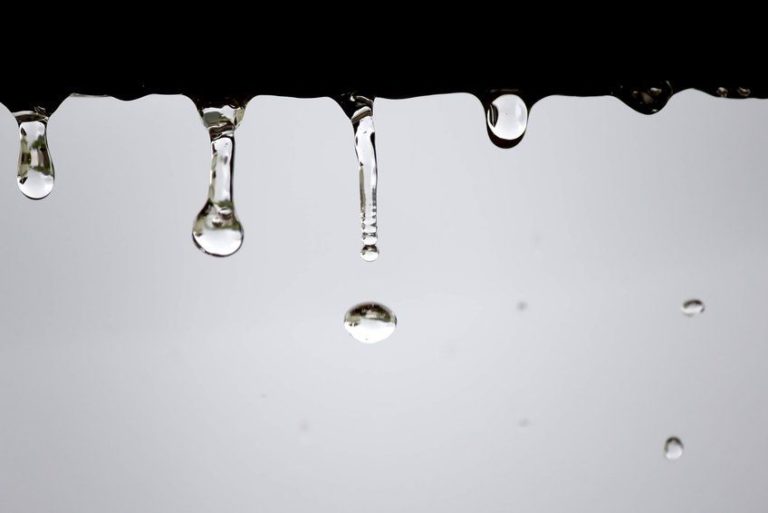According to the National Flood Insurance Program (NFIP), floods are the number one disaster in America, averaging over $3 billion in claims per year. But don’t think that a small amount of water won’t damage your basement as well — though it may not be as destructive, there’s still the risk of mold and other health effects of water damaged basements. Condensation, also sometimes referred to as ‘sweating,’ is a sign of oncoming water damage that often goes unnoticed by the average homeowner. Here’s what you need to know about basement ‘sweating’ and what you can do about it.
Signs of Basement ‘Sweating’
Basement condensation can present itself in a number of ways, but it typically occurs as tiny water droplets covering the surface of your basement’s walls or floors. It occurs when warm, moist air hits the cool foundation walls. When left untreated, condensation can result in mold, wood rot, pest infestations, and even crumbling foundation. To determine whether or not your basement has this issue, This Old House has a simple suggestion that’ll lead you to the truth:
“Condensation is easy to confuse with runoff or subsurface water. To tell it from the others, tape foil over damp spots and check it after a day. If moisture forms on the outer foil face, water is condensing from the air. If moisture forms on the foil underside, water is seeping in from outside,” writes John D. Wagner.
Best Solutions
If you notice basement sweating in your home, don’t sweat it! There are a number of viable solutions that you can select based on your budget. If you have a smaller budget, open windows, run fans, and invest in a dehumidifier if you can. Just make sure your dehumidifier is in a location that’s easy to drain and drain it once every 24 hours. You should also turn the heat up during the colder months and avoid keeping moisture-ridden things in your basement, like damp firewood and wet clothes.
For a longer-term solution, you may have to invest in other basement waterproofing services such as foundation repairs or a complete resealing. Talk to your basement waterproofing professional to determine which of these options is best for your needs.
Ultimately, there’s no reason to sweat it over basement sweating — it’s a relatively common problem that has a number of simple solutions. For more information about basement waterproofing, contact The Real Seal LLC.
Rodents
A basement is typically dark and quiet, so it’s the ideal nesting spot for mice and rats. If you see damaged fixtures or droppings, take immediate action. Rodents carry diseases and can easily spread them. You’ll want to seal off any potential entry points.
Some of these dangers can thrive in dark or damp environments, so call your local basement sealing company to deter mold and pests before they enter your home. If you live in Chicagoland, The Real Seal is the area’s trusted choice for waterproofing services.
Dust mites
Dust mites are tiny bugs that grow and spread at rapid rates in a household. No matter how clean your house is, they’ll still inhabit it. They love high humidity environments, so you’ll need to use a reliable dehumidifier to dehydrate the dust mites. The humidity levels in your basement should never be above 60 percent. Dust mites may seem harmless, but they’re notorious for irritating asthma and allergy sufferers.







2 Responses
Wet sweating basement
Hi Maria! We would love to help if you are dealing with that issue. What area are you in?